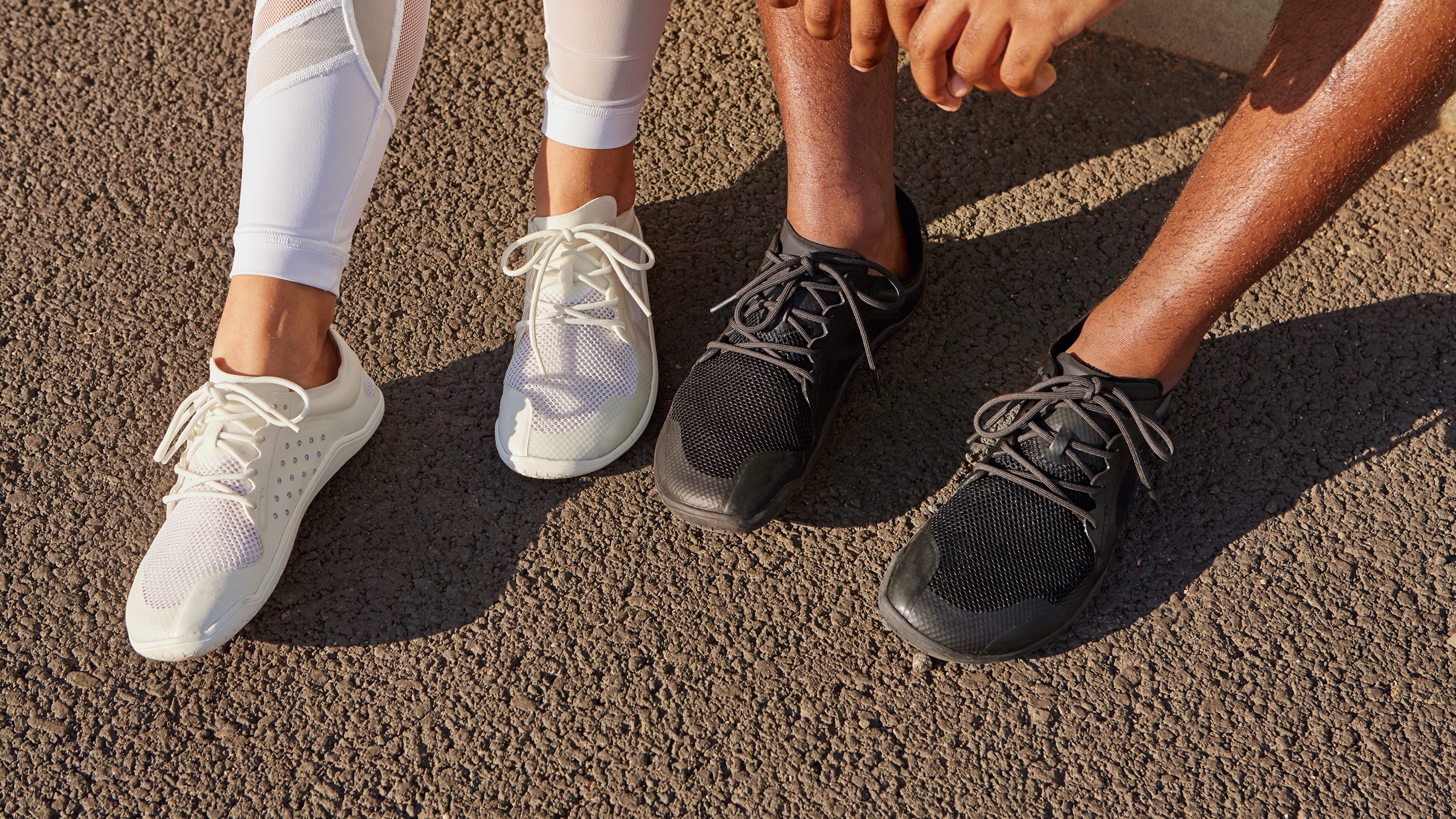I test running shoes for a living and THESE are the shoes I wear most often
If you run a lot, try these shoes as they can help you recover more efficiently and are just fun to wear


I love running and although I certainly don’t run as much as professional runners, I do tend to run every day, testing all the best running shoes and best running watches. As much as I love running in fast racing shoes and pushing the limits of my endurance, it does take its toll on my legs: they can get achy and tired every now and then so I have to take extra care when it comes to recovery. Hence why I almost always wear ‘barefoot’ shoes when I’m not running, which is admittedly 90% of the time I spend wearing shoes.
Barefoot-style shoes are super comfortable and if you have never tried them, I highly recommend you to do so. This is especially true to people who are on their feet often, runners, waiters, nurses etc. Although I wouldn’t recommend wearing barefoot shoes for any of these activities, for recovery, I can’t think of anything better.
What makes barefoot shoes excellent for recovery is that they allow your feet to move naturally and to ‘spread out’ more. I personally like running in tight fitting running shoes but I appreciate that they were designed for a very specific activity and definitely not to be worn all day long. Just ask runners who train for long distance races: they wear such shoes for hours a day and as a result, their toenails fall off sometimes.
- New research says having a hot bath can improve fitness as efficiently as exercise
- I scanned my face with ASICS' new app and found I was 5% calmer after my workout

I wouldn't recommend using barefoot shoes for running, at least not at the beginning
As well as letting your feet take up a more natural shape, barefoot shoes also are just plain fun to wear. You know that feeling when you walk on the beach front barefoot? That’s exactly how you feel walking in these shoes. It’s such an amazing feeling when you go for your first walk in barefoot shoes: it quite literally triggers memories of when you were walking barefoot before as a child.
Given the thin sole and the minimum amount of cushioning, you’ll end up using your toe muscle differently too. In barefoot shoes, you can control how you step and distribute the weight evenly when you’re standing. This strengthens muscles that are otherwise often neglected, like the one moving your big toe. The increased muscle control you gain over your stride will be especially noticeable for runners.
Having said all that, I’d recommend easing yourself into the barefoot experience gradually. I remember when I first started wearing my Vivobarefoot Primus Lite III and went for walks that lasted for hours and by the end of it, my heels were hurting. That’s because I was so used to walking and running in cushioned shoes, I banged my heel against the pavement at each step, something you don’t want to do in barefoot shoes.

Minimal cushioning – maximum control
Even Vivobarefoot recommends taking it easy in barefoot shoes, especially if you’re planning on using them for running (something I don’t do myself): first, you might just want to do a couple of hundred meters in them, then increase the distance gradually as you get used to the shoes. It’s a bit of a cumbersome process and would require you to carry around spare shoes for running for months, something I didn’t want to put myself through, not to mention that I need to test running shoes all the time so I really wouldn’t benefit that much from training myself to run in barefoot shoes.
Get all the latest news, reviews, deals and buying guides on gorgeous tech, home and active products from the T3 experts
For walking and recovery, though, I don’t think I wore anything else recently apart from my now pretty worn Primus Lite III. To my eyes, the shoes are not only comfortable as hell but even stylish, so I can wear them with sporty and less casual attire too. I wouldn’t wear the Primus Lite III with a tuxedo but that’s it, really, anything else goes. According to Vivobarefoot, the Primus Lite III could also be used for workouts and I actually love using them for heavy lifts such as deadlifts and squats as I can control how I distribute my weight more efficiently. Again, I wouldn't use the shoes for bouncy HIIT workouts but for resistance training, by all means, go for it.
Do yourself a favour and at least give barefoot shoes a try, especially if you’re a runner but I’d recommend them even if you aren’t. They're fun to wear and also beneficial for foot-health, what more can you ask for?

Matt Kollat is a journalist and content creator who works for T3.com and its magazine counterpart as an Active Editor. His areas of expertise include wearables, drones, fitness equipment, nutrition and outdoor gear. He joined T3 in 2019. His byline appears in several publications, including Techradar and Fit&Well, and more. Matt also collaborated with other content creators (e.g. Garage Gym Reviews) and judged many awards, such as the European Specialist Sports Nutrition Alliance's ESSNawards. When he isn't working out, running or cycling, you'll find him roaming the countryside and trying out new podcasting and content creation equipment.